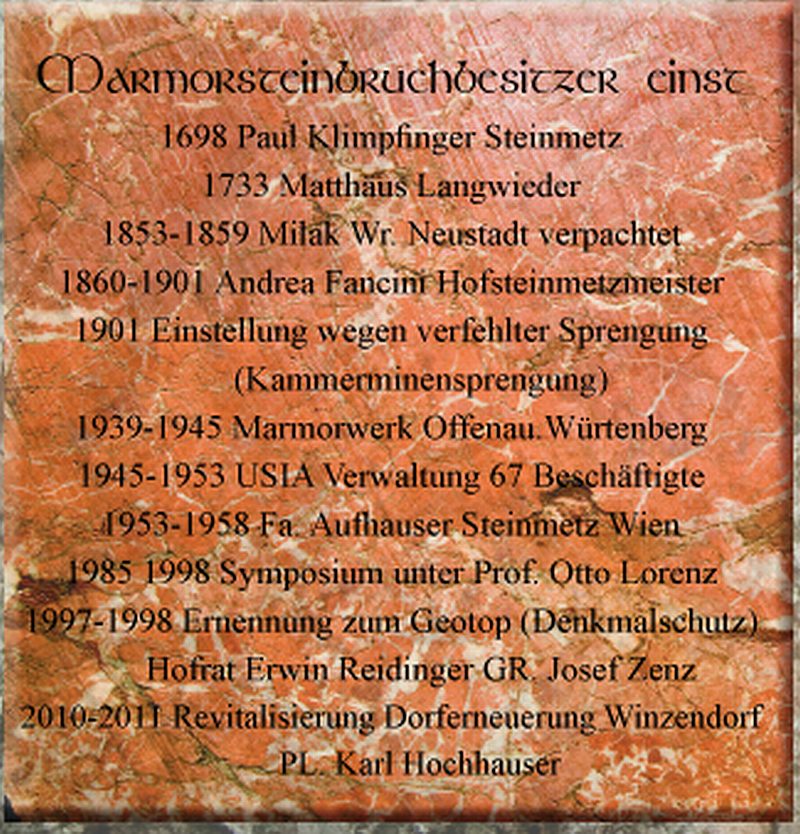

Time table of owners and activities from 1698 to now.
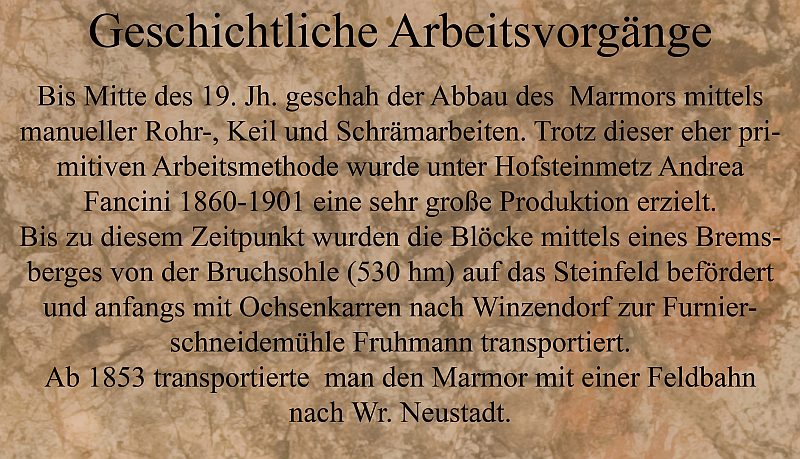
In short, it says that till middle of 19th century, stone breaking methods have been quite primitive, but there has been a good production between 1860 and 1901. The rock was transported down the steep slope with an inclined roadway, from the beginning of the plain the further transport first was ox wagon, from 1853 with a short railway to Wiener Neustadt.
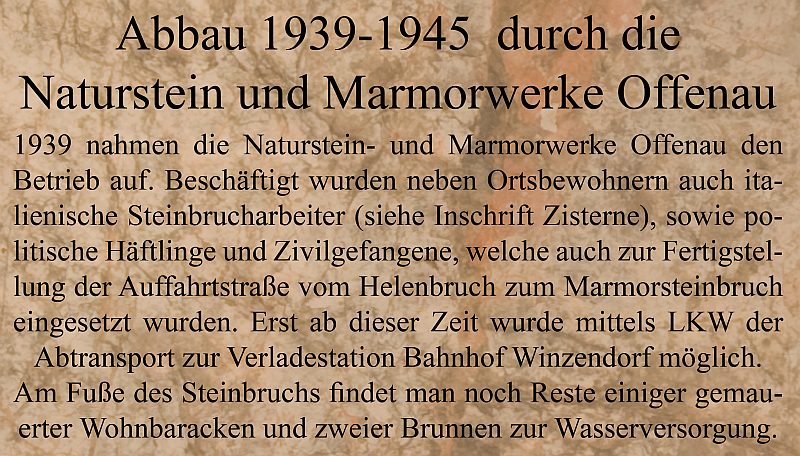
In 1939, after Austria being annexed by Germany, the quarry was reactivated. Locals were emploed, as well as Italians and prisoners, which also constructed the narrow gravel road, which enabled transport with lorries to Winzendorf´s railway station.
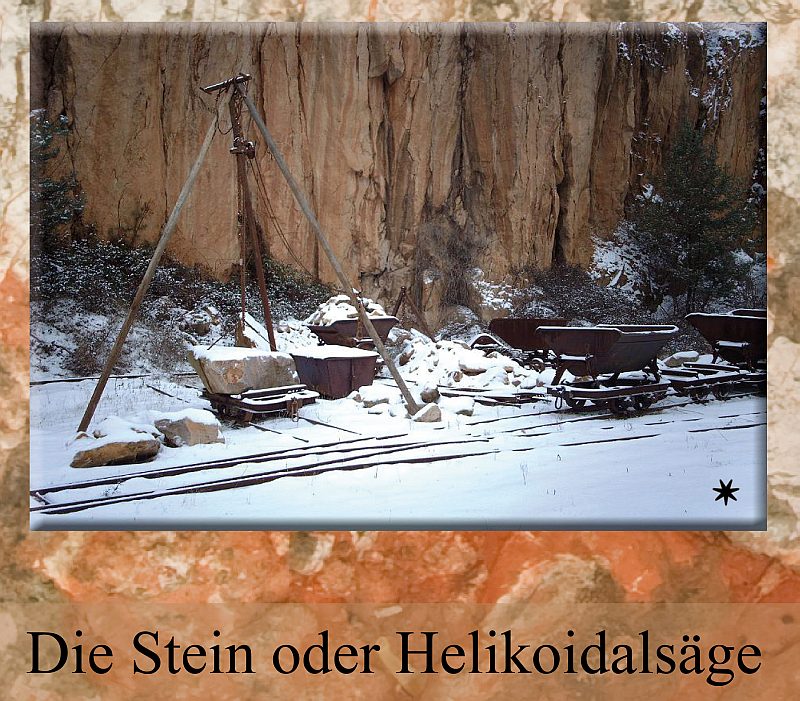
Stone saw (symbolic picture)
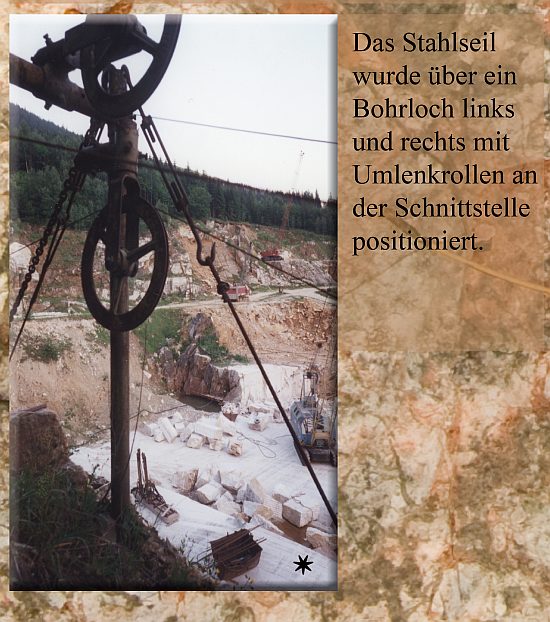
With this device, the rope was positioned over a drilled hole (symbolic picture)
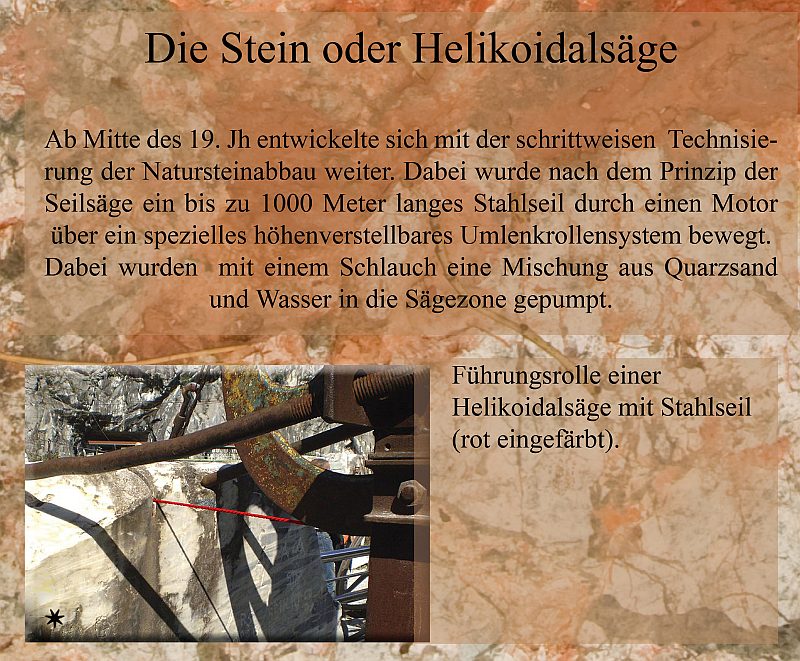
The deflection pulley and the cutting rope (red) (symbolic picture). A mixture of water and sand was punped to the rope, for cooling and cutting.
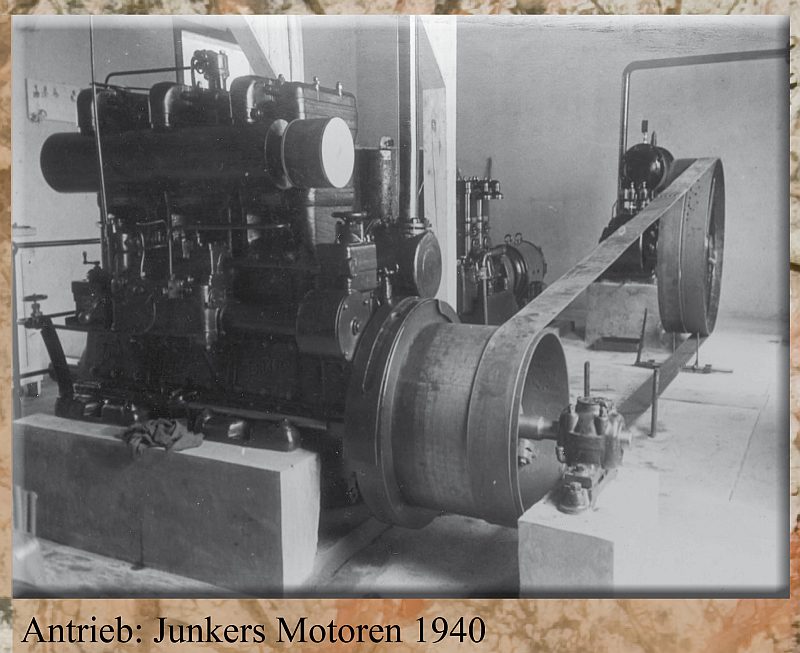
Motor from Junkers (1940)
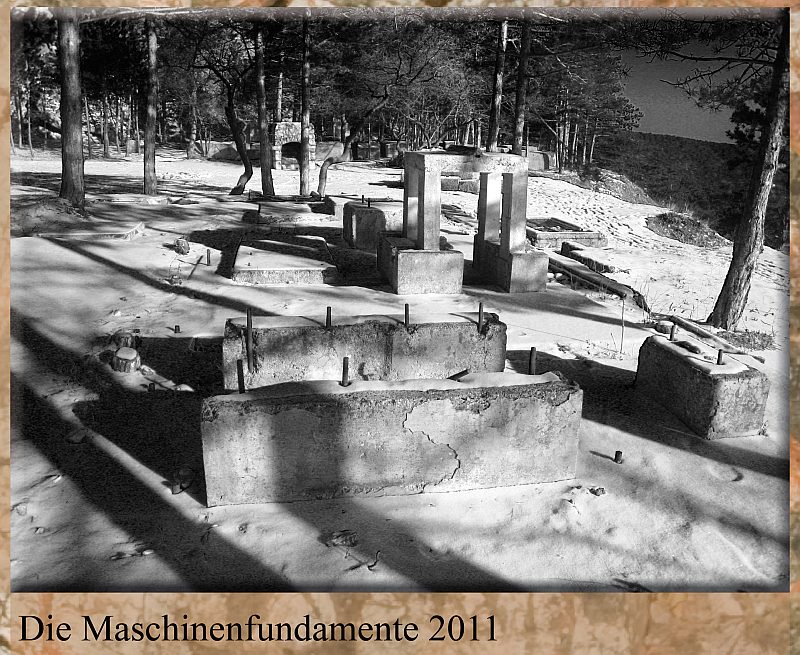
Machine foundations (2011)
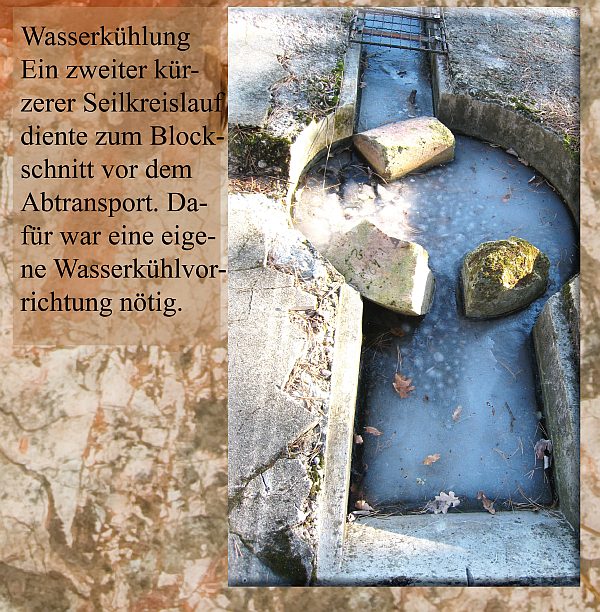
A second rope saw for cutting the stones into blocs, making use of this water cooling basin.
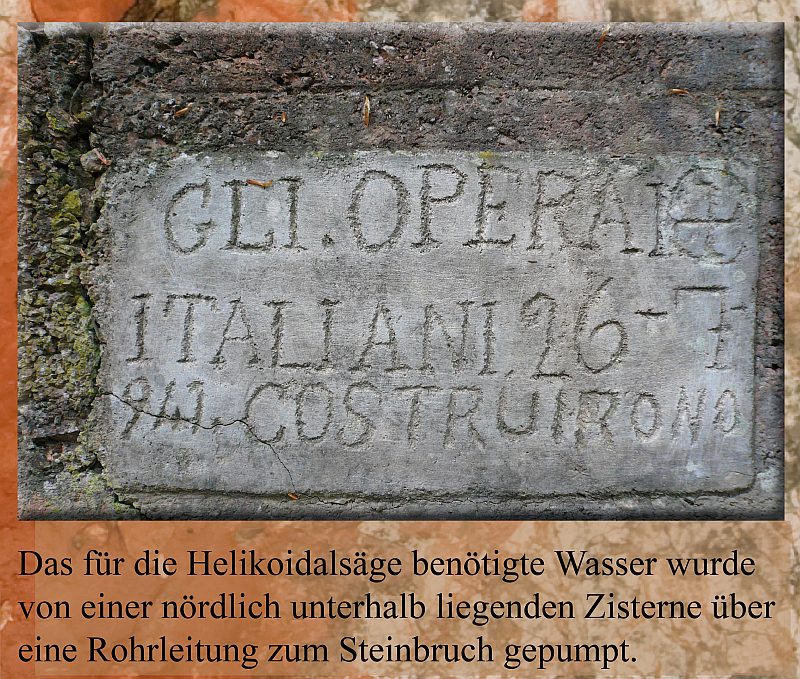
The cistern for the water supply is situated inside the forest - it was erected by Italians in 1941. From there, the water was pumped up to the quarry.
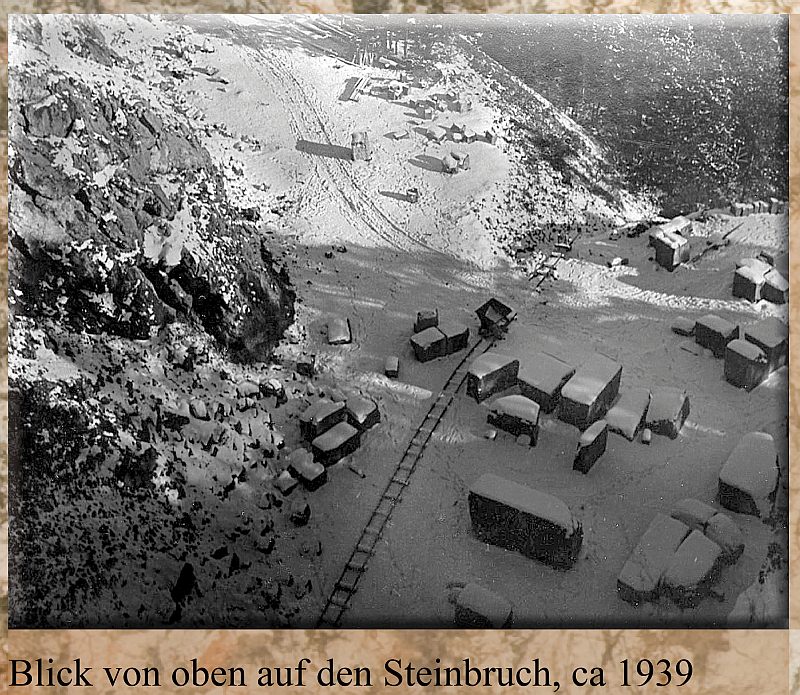
View on the quarry from above, 1939.
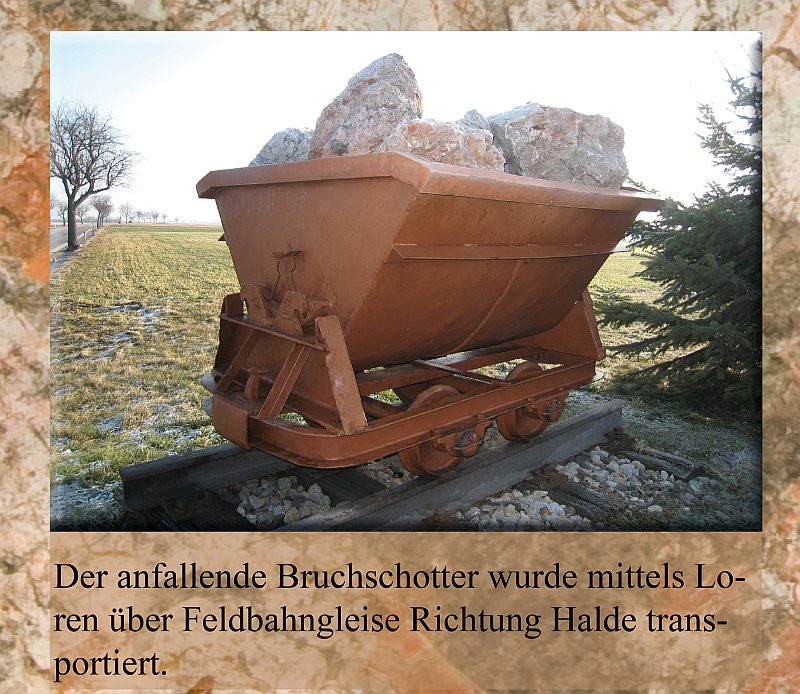
Broken rocks were transported to the mine heap with these wagons
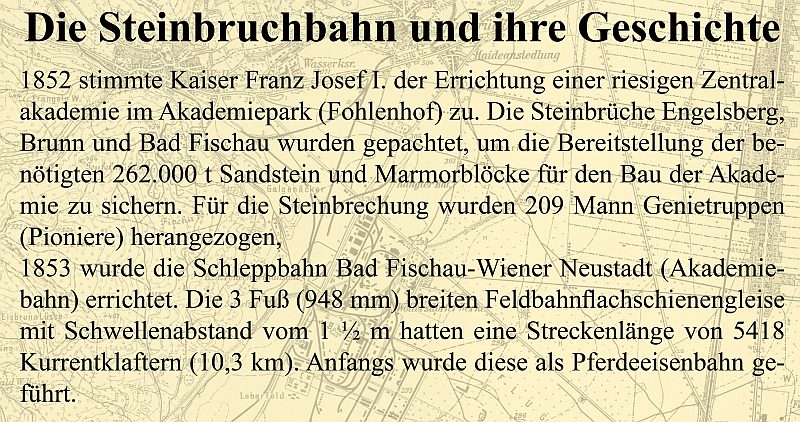
In 1852, Austria´s emperor Franz Josef agreed to build the new Military Academy in Wiener Neustadt. The quarry was rented to provide 262.000 tons of sandstone and marble for the construction, 209 men of a sapper troup was ordered to do the stone breaking job. In 1853, the railway was constructed, 10,3 km long. First the wagons were drawn by horses, but ...
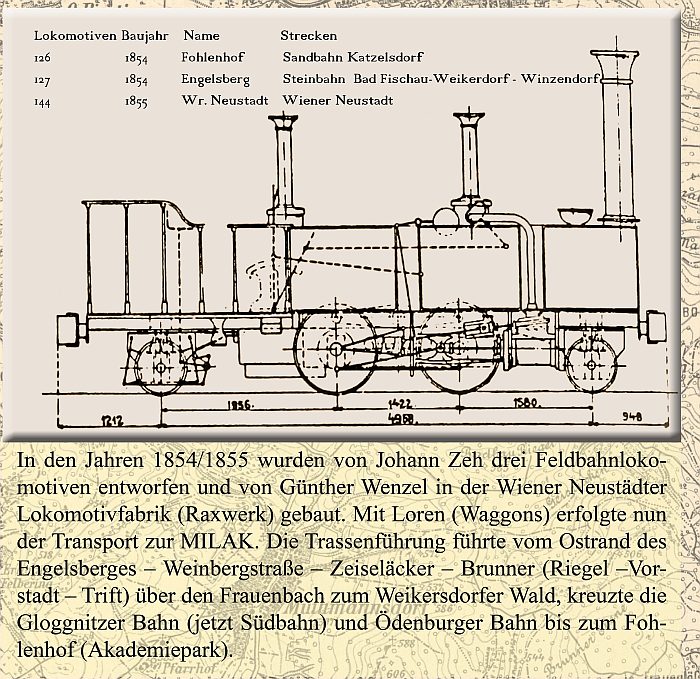
... in 1854 and 1855, three steam engines were constructed in Wiener Neustadt´s engine factory, now doing the job.
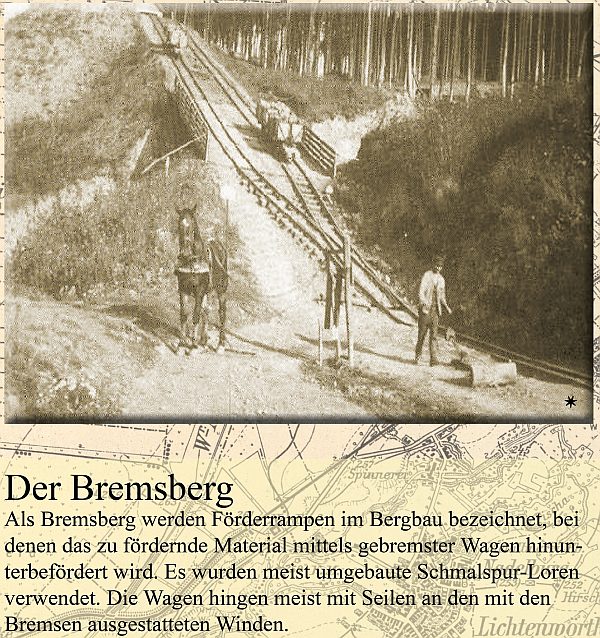
Symbolic picture of the inclined roadway; wagons were guided down hanging on a rope.
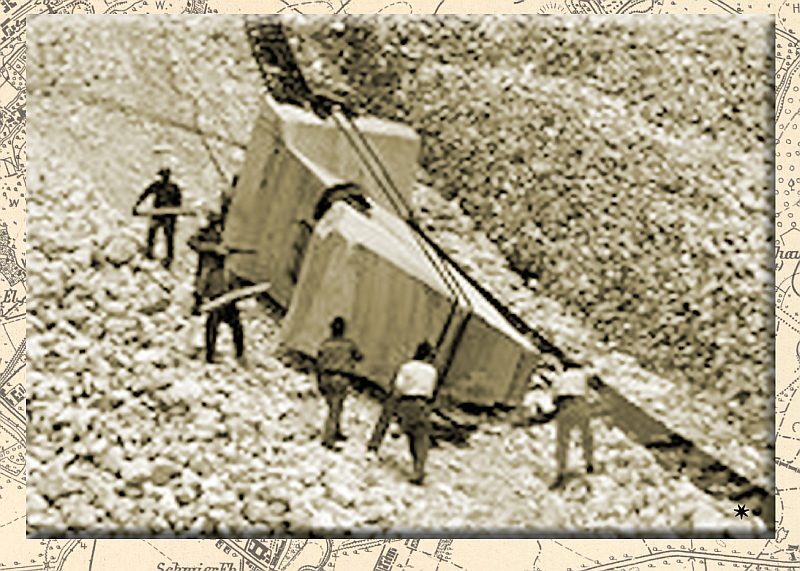
(Symbolic picture)
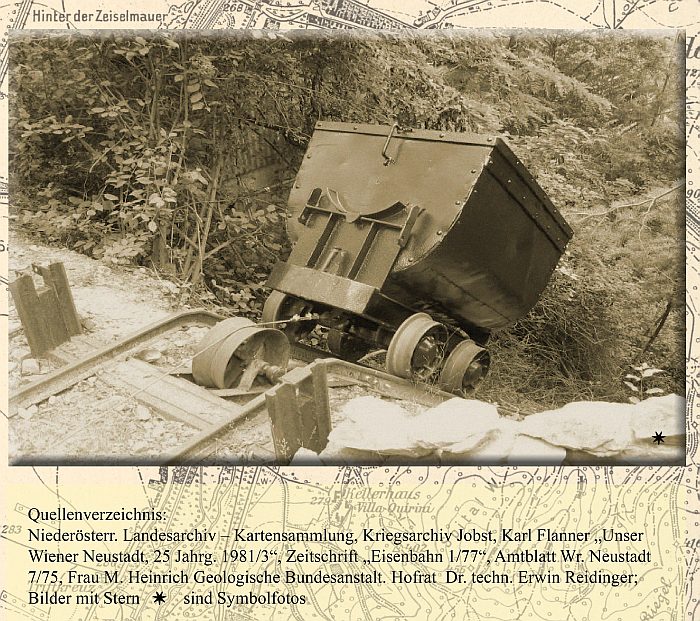
(Symbolic picture)
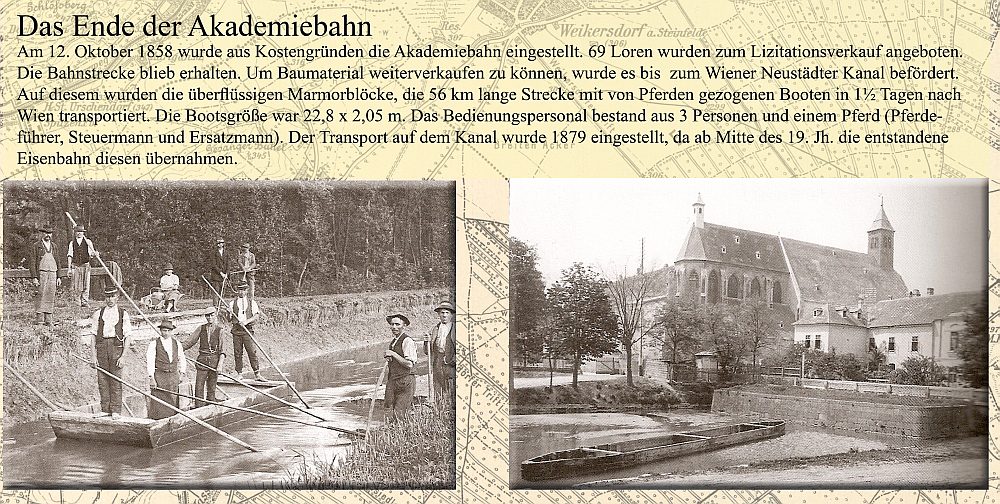
In 1858, the railway was closed due to high costs, 69 wagons were sold. Marble blocs not used for the academy (right picture) were transported to the city of Vienna on the Wiener Neustadt canal, which in that days had been constructed mainly for tranport of wood from the huge forests around Schneeberg. The boats measured 22,8 x 2,05 m and were drawn by horses. From 1879, the railway leading from Vienna to Wiener Neustadt and the Semmering was used for transport, and the canal fell into disuse. Only short parts of it are still existent, mainly appearing as ponds.
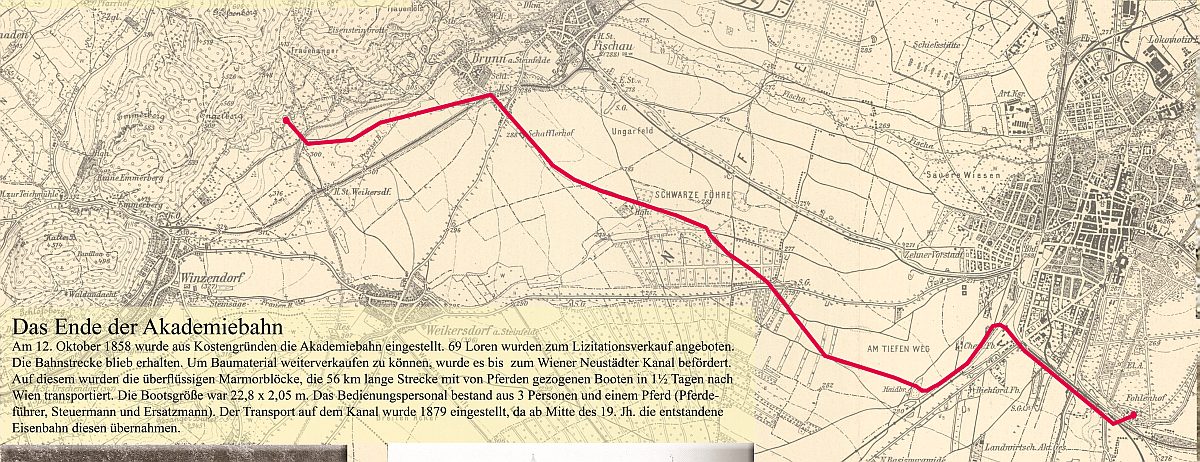
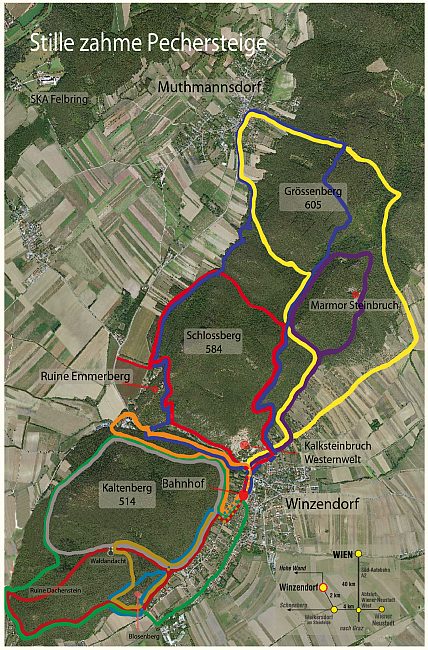
Map of the walking routes around Winzendorf
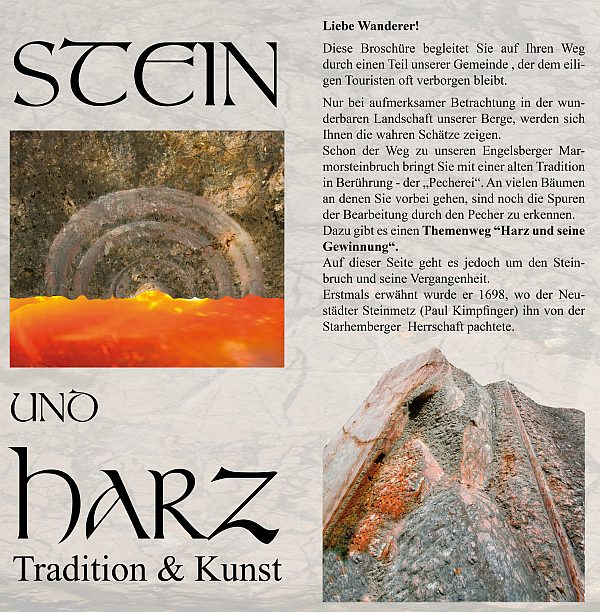
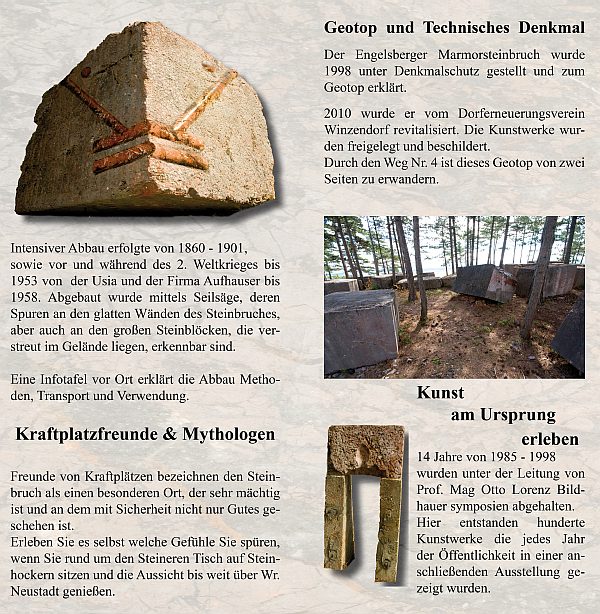
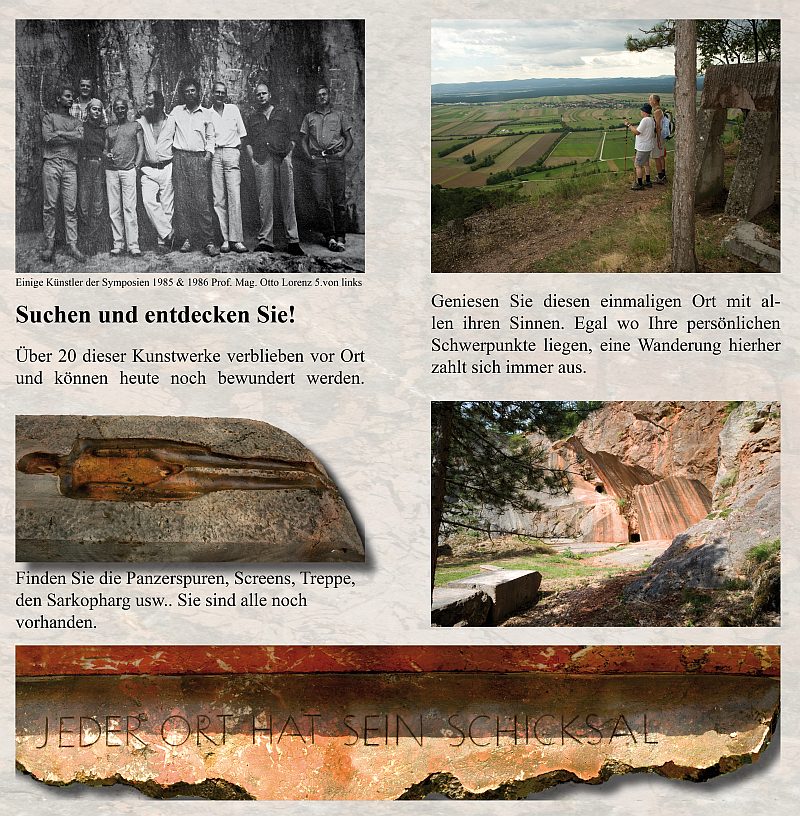
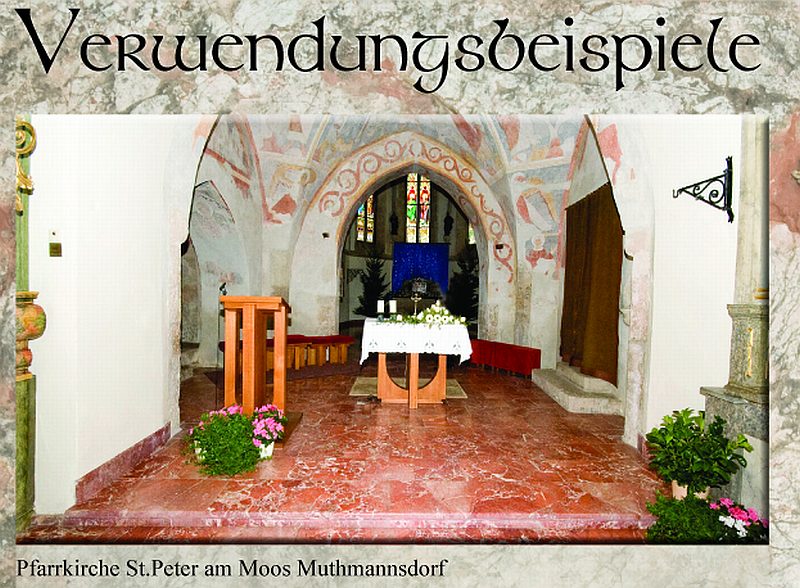
Some examples of usage of the marble from the quarry. Muthmannsdorf´s church
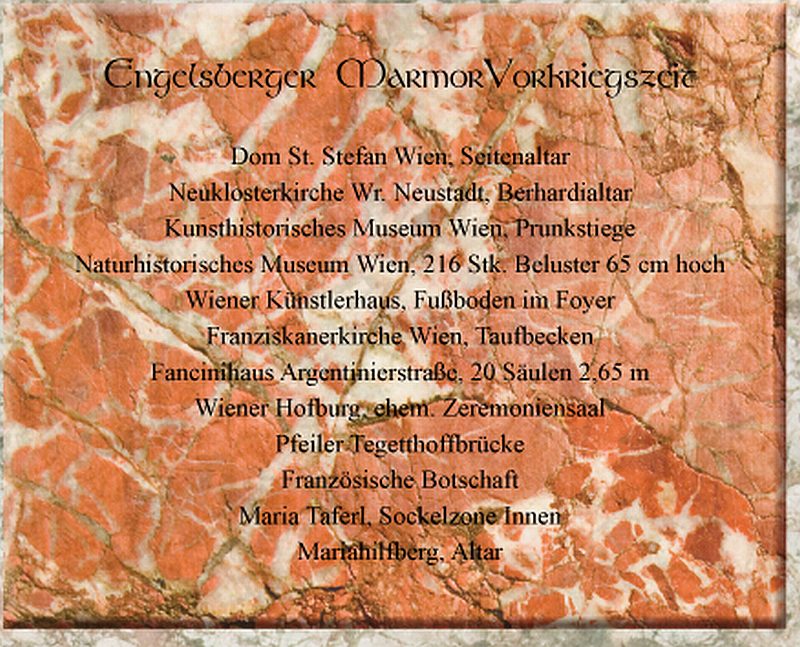
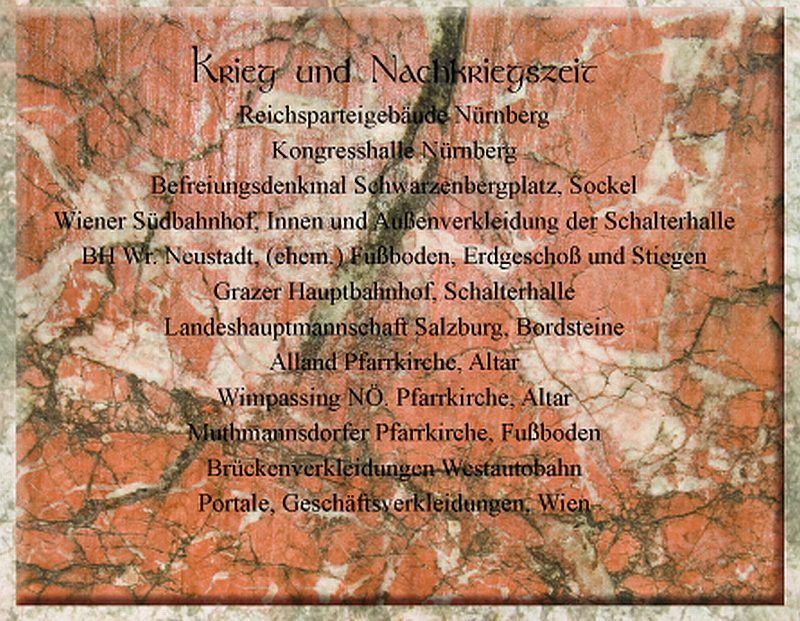
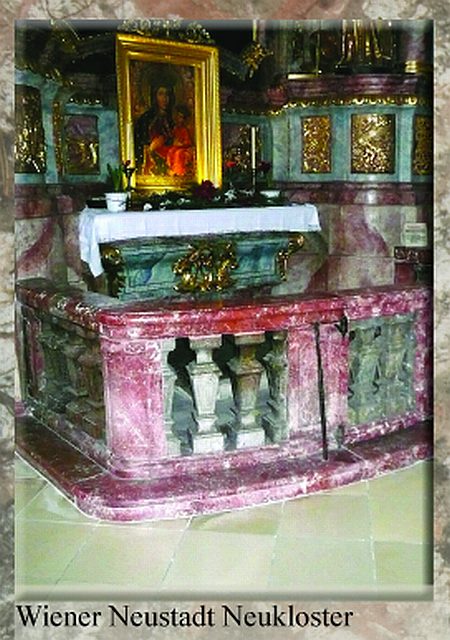
Neukloster church, Wiener Neustadt
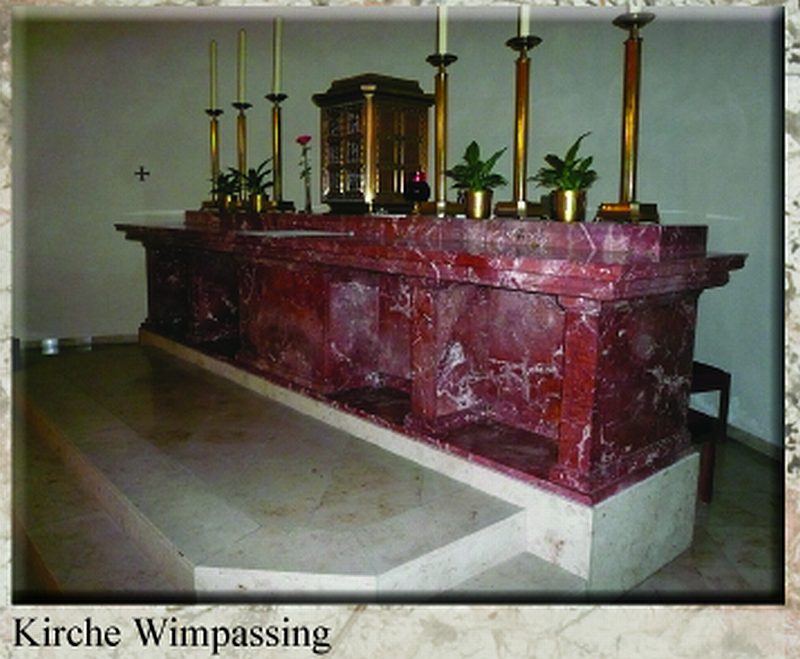
altar of the church in Wimpassing (some 20 km southwest from Wiener Neustadt)
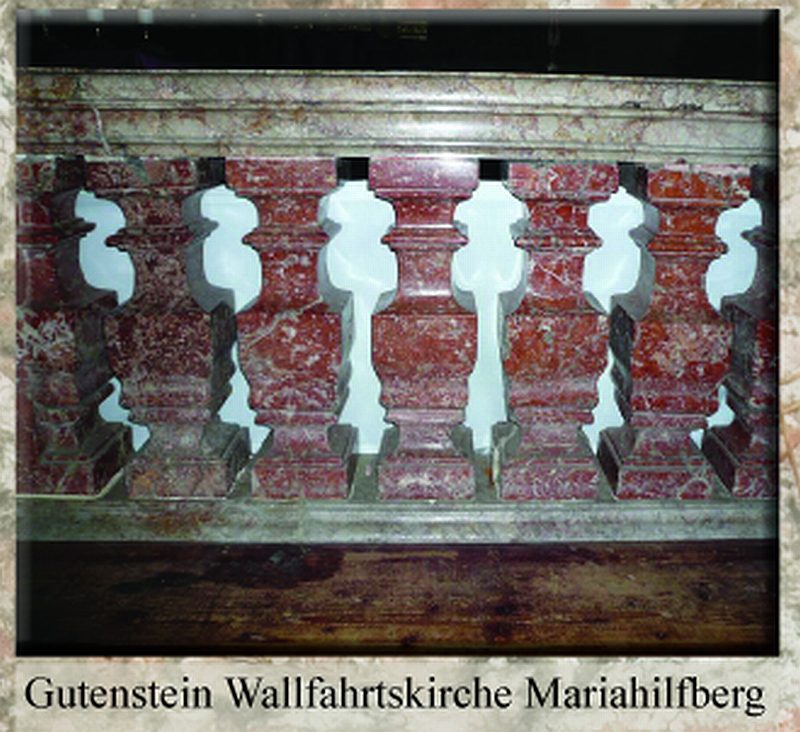
Pilgrimage church near Gutenstein
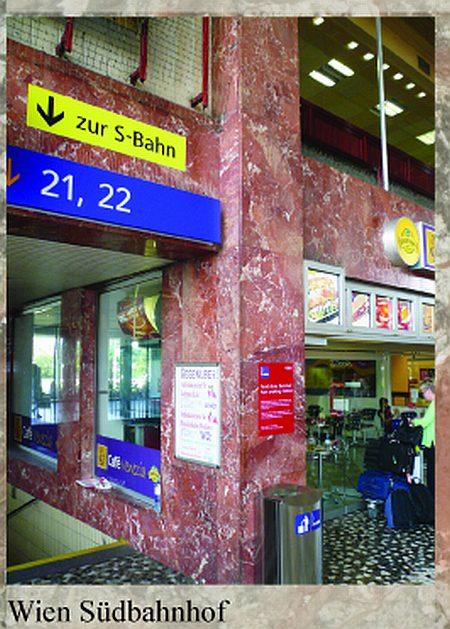
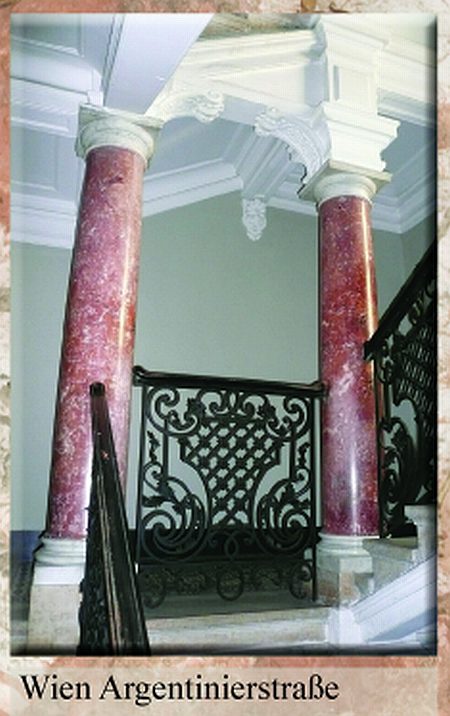
Suedbahnhof Vienna (Main railway station to the south, now demolished to give room for the new Vienna central station which shall be opened in December 2012)
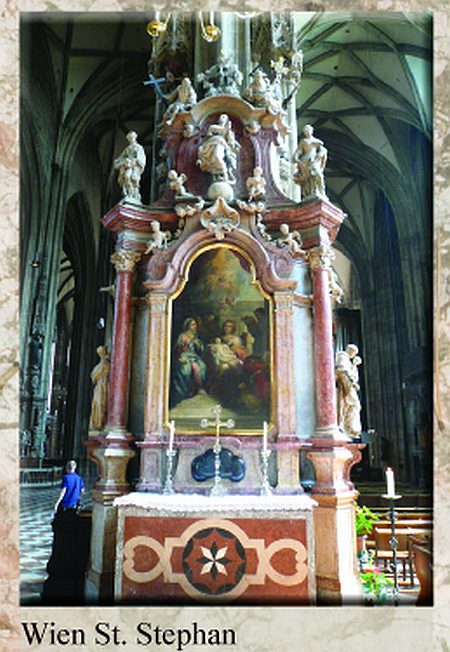
St, Stephan´s cathedral
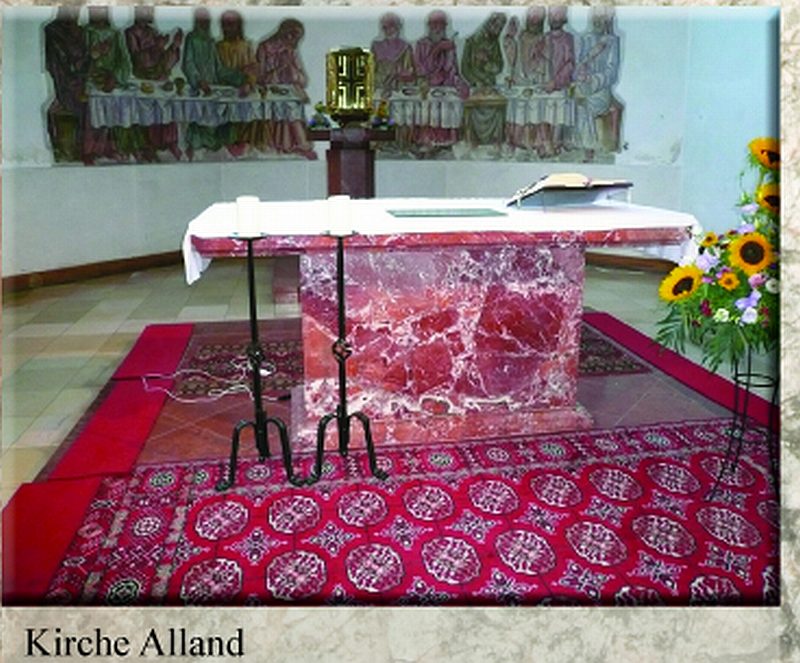
Church in Alland
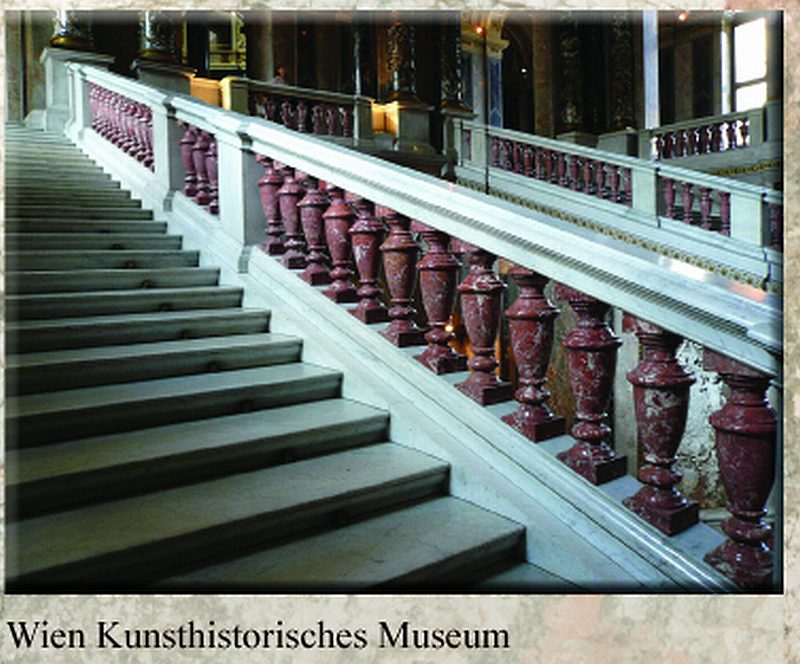
Museum of art, Vienna

Once more many thanks to Karl Hochhauser from Winzendorf´s Dorferneuerungsverein, who provided the pictures to me, and to Mrs. Eva Weiss for the permissioon to show them on this page.